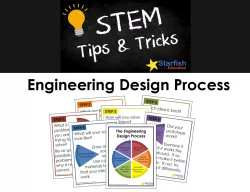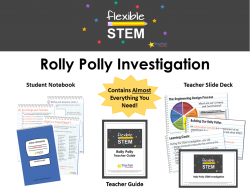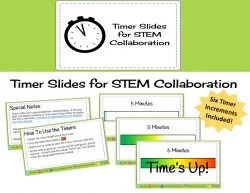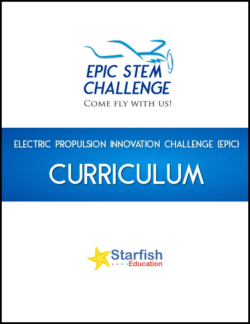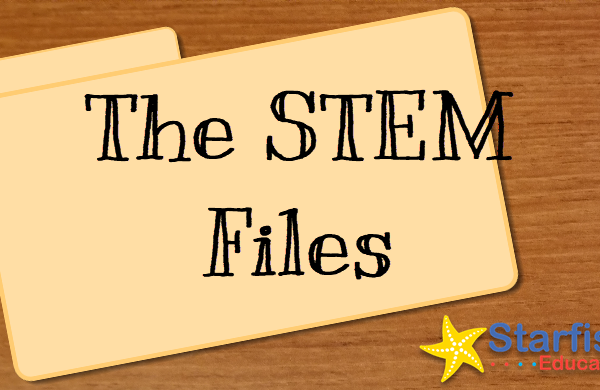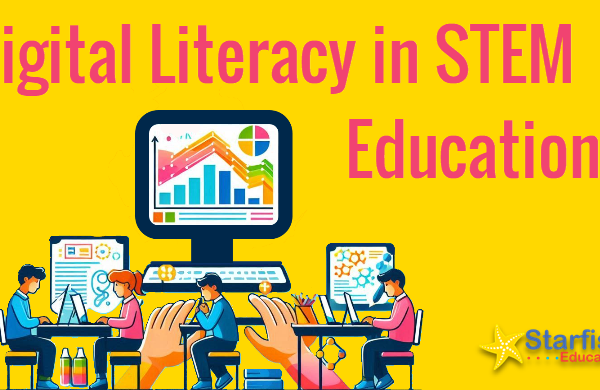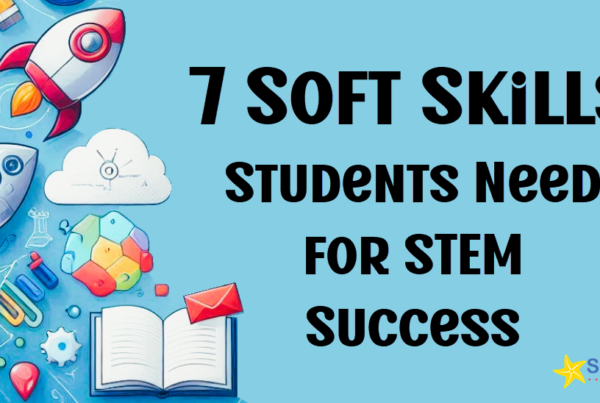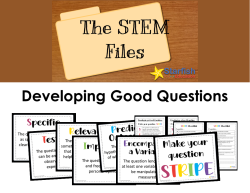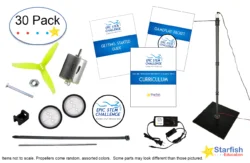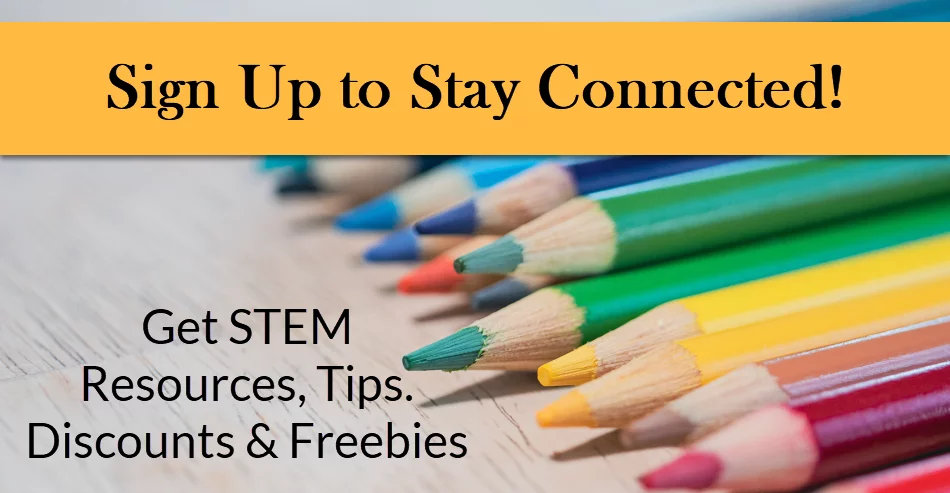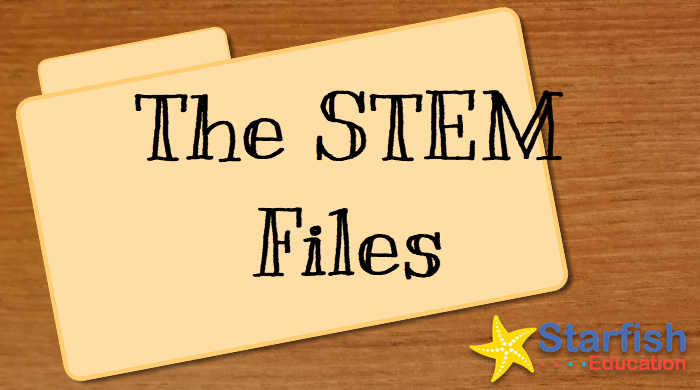
We are probably at the point where most people know what STEM is (or have at least heard the term in an educational setting). In its purest form, STEM is a carefully woven blend that together creates a memorable learning experience for students. So what are the pieces that weave together to create a STEM unit or lesson?
Effective Teaching
Who doesn’t want to be an effective teacher? With so many strategies to use with students like flipping your classroom, teaching with multimedia, and encouraging students to be active learners, there are many ways to create effective lessons. Because STEM is project-based, it helps students to be active learners and become involved in some self-directed learning, generally focused on researching technologies or other elements involved in the given challenge.
High-Interest/ Hands-On Activities
Engaging students is a best-practice strategy that’s practically as old as time. Anytime students can get their hands dirty (literally or figuratively) the better they will remember and retain the concept. We’re constantly reminding our students to pay attention, participate more in class, and be more involved in their own learning, but how would you do sitting through what amounts to a 7 hour lecture? Adding hands-on elements help keep students involved, alert and learning at full capacity.
Real World Problem Solving
I’m sure that you’ve never had a student ask, “Why do we need to learn that?” Your energetic students, who are always striving for perfection, sit in front of you daily hanging on your every word of wisdom that you can impart upon them during the school day. But, just in case you might ever get asked this question, with STEM education, you’ll have the perfect answer. STEM’s roots are planted in the fact that they come from solving real-life problems. People in STEM professions practice this every day, from designing and building an aircraft engine, to developing a strategy to send a rover to Mars, to creating a software apps for your trusty cell phone.
Solid Content Knowledge
Content knowledge is certainly an important component and not having an omniscient ability in this department throws a lot of teachers off their game. With STEM education, as well as all best-practice teaching, it is not necessary (nor is it practical or realistic) for the teacher to know every iota of information about a particular concept. In a STEM education model, researching these nuances and details rests with the students. It is the job of the teacher to be the facilitator throughout the process and furnish the students with supplies, materials, tools, and resources, so that they can become more self-reliant learners.
When we bring these pieces together, they create a comprehensive STEM lesson that is engaging and meaningful for students.
Learn more about Implementing STEM with your Students!
Subscribe to Stay Connected!
-
Engineering Design Process Posters
$2.95 -
Flexible STEM- Rolly Polly
$29.95 -
Timer Slides for STEM Collaboration
$2.95 -
EPIC Curriculum
$59.95

